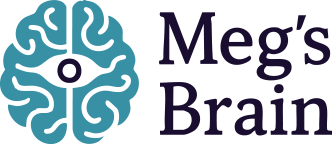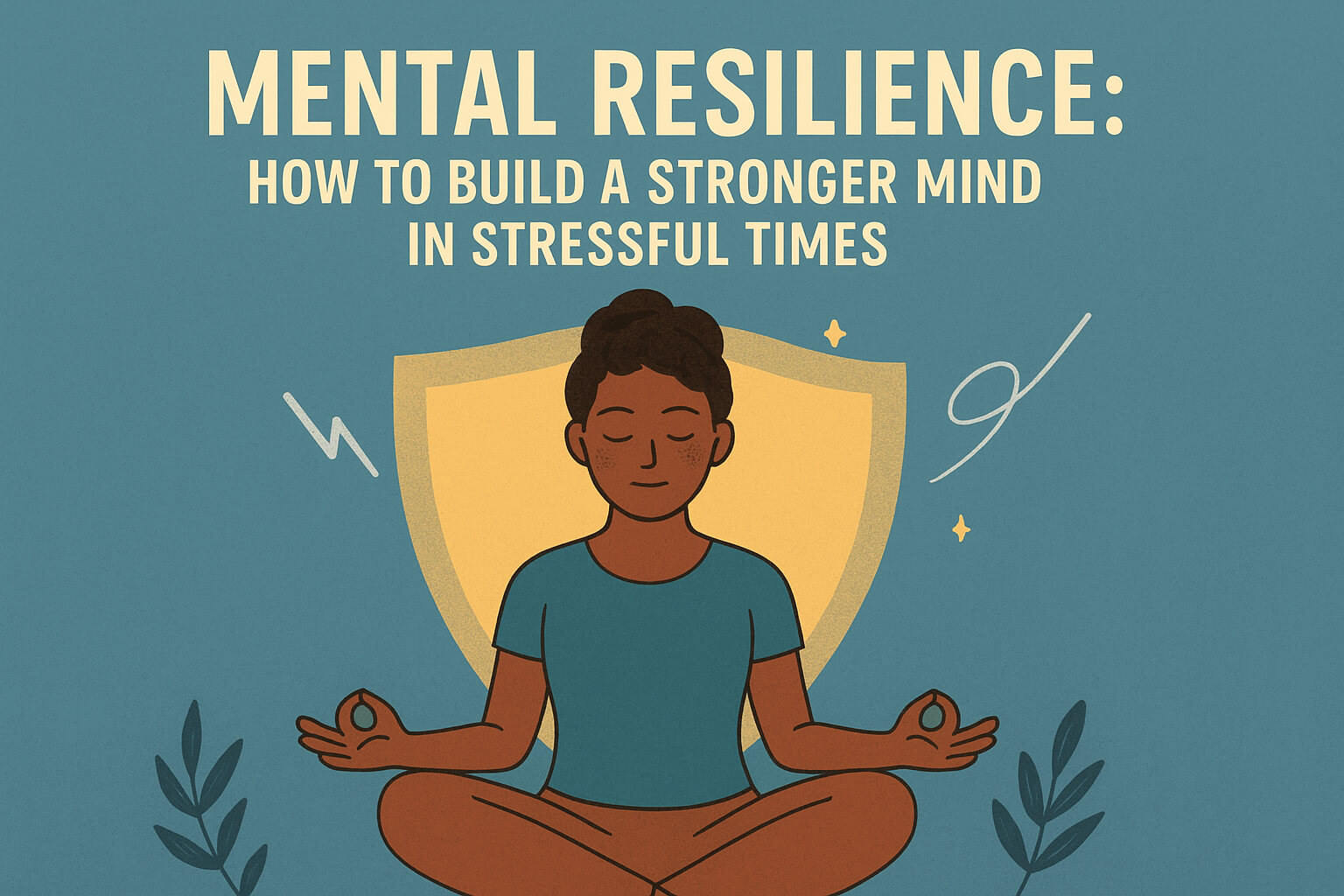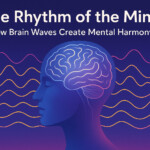Now Reading: How Breathing Techniques Influence Brainwaves and Mental Clarity
- 01
How Breathing Techniques Influence Brainwaves and Mental Clarity
How Breathing Techniques Influence Brainwaves and Mental Clarity

You’re stressed, your mind is racing, and your body feels tense. Now, inhale deeply … and exhale slowly. Almost immediately, it feels like something shifts — your shoulders relax, your heart rate slows and you feel clearer in your mind.
This is not magic. It’s neuroscience. One of the most potent methods around for changing brainwaves, mental clarity — and focus on demand — happens to be right under your nose at any given moment: Breath.
🧠 The Brain-Breath Connection
Every inhalation and exhalation sends a message to your nervous system. According to science, the pattern of breathing plays a direct role in affecting brainwave activity:
Quick, shallow breaths → promote beta waves (related to stress and overthinking).
Slow, deep breaths → boost alpha and theta waves (associated with calm, focus and creativity).
Rhythmic breathing → harmonises the two hemispheres of the brain, improving clarity and emotional stability.
🌬 Breathing Practices That Change Brainwaves
Box Breathing (Focus Reset)
Inhale 4 seconds → Hold 4 → Exhale 4 seconds → Hold 4.
This process soothes the listener’s nervous system and increases steady alpha waves, which help attentiveness.
Alternate Nostril Breathing (Balance)
Breathe in through the left nostril, out through the right, and then reverse.
It has been used for centuries in yoga and is believed to balance hemispheric brain activity, thus improving clarity.
4-7-8 Breathing (Deep Relaxation)
Inhale 4 → Hold 7 → Exhale 8.
Promotes theta waves, ideal for relaxation or falling asleep.
Coherent Breathing (Stress Release)
Breathe at the rate of about 5/min.
Connected with heart-brain synchronization during higher mental states.
🎧 Amplifying Results with Sound
Just respiration itself changes the brainwaves, and added with the audio for brainwave, that can make a stronger effect. Apps like Genius Wave use sound frequencies to help steer your brain into a calm, focused state that can also enhance the benefits of breathing exercises.
👉 Use Pioneer Wave next time you breath and experience the clarity increase.
🌟 The Science in Action
Studies out of the neuroscience lab have found that regulated breathing lowers activity in the amygdala (the almond-shaped region on each side of the brain associated with feeling emotion such as fear) and raises activity in certain parts of the prefrontal cortex (which plays a key role in how you control and manage your directions to make decisions). In summary: breathing helps take back control of your mind.
✨ Conclusion
Breathing is about more than just the need for oxygen; it’s also a means of controlling mental state. You can regulate brain waves, enhance clarity and performance by practicing simple breathing techniques.
Combine it with apps like Genius Wave, and you’ll unearth the ways sound and breath have been putting minds at ease throughout history.
👉 Begin today—take some deep breaths, listen voluntarily, and regain mental clarity.














